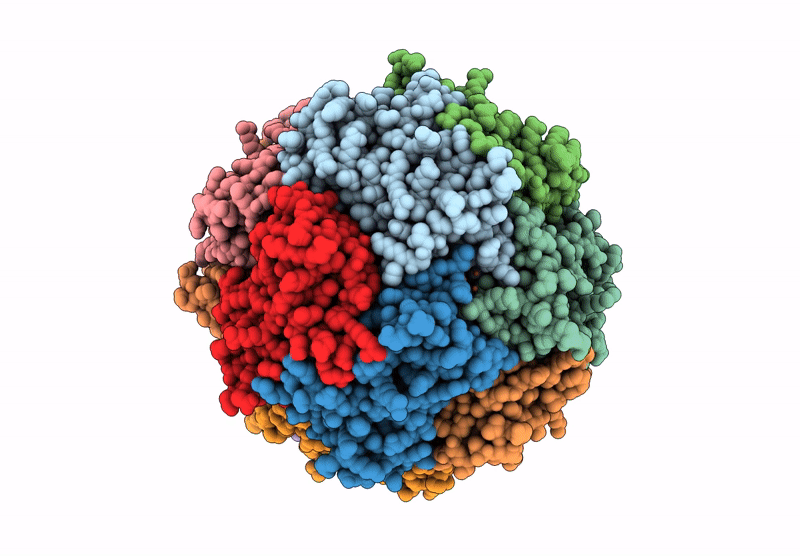
Deposition Date
2024-08-04
Release Date
2025-08-06
Last Version Date
2025-10-29
Entry Detail
PDB ID:
9CZ8
Keywords:
Title:
Structure of thioferritin exhibiting iron mineral nucleation, from Pyrococcus furiosis
Biological Source:
Source Organism:
Pyrococcus furiosus (Taxon ID: 2261)
Host Organism:
Method Details:
Experimental Method:
Resolution:
1.91 Å
Aggregation State:
PARTICLE
Reconstruction Method:
SINGLE PARTICLE


